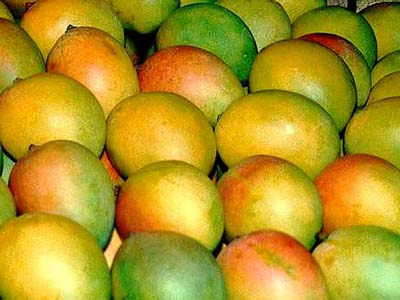National Fruit Fly Council considers a ‘systems approach’
23 August 2016

Maintaining areas in Australia that are free from pests such as fruit fly has been an important way for producers to access both domestic and international markets. For produce grown outside of these areas, options such as cold treatment have also made market access possible. However, options other than these ‘single point treatments’ are needed to support growers outside of the pest free areas.
A range of on-farm activities – such as in-field pest management, inspection and grading of produce, post-harvest treatments and cool storage – are widely used to manage fruit flies and other pests of concern. Each of these steps works to provide high quality pest free produce that meets market expectations, but a single point treatment is often still needed to satisfy biosecurity requirements. This is despite the fact that each of these steps has an impact on fruit fly survival and the risk posed may already be very low.
The use of multiple measures along the production pathway is referred to as a ‘systems approach’, provided at least two of them work independently of each other. To satisfy biosecurity requirements, the cumulative effect of these measures needs to provide an outcome that is similar to a single point treatment. Encouragingly, a number of domestic trade protocols already recognise such an approach and are important for growing areas where fruit flies are being effectively managed, but that cannot claim to be pest free.
The development of a systems approach was discussed by the National Fruit Fly Council at its August meeting. The Council is working to drive the development of a framework to assess the effectiveness of treatments, as well as the necessary policy and guidance to assist industries and researchers. Fact sheets about the National Fruit Fly Strategy and other material will also be developed and will be published on the Prevent Fruit Fly website.